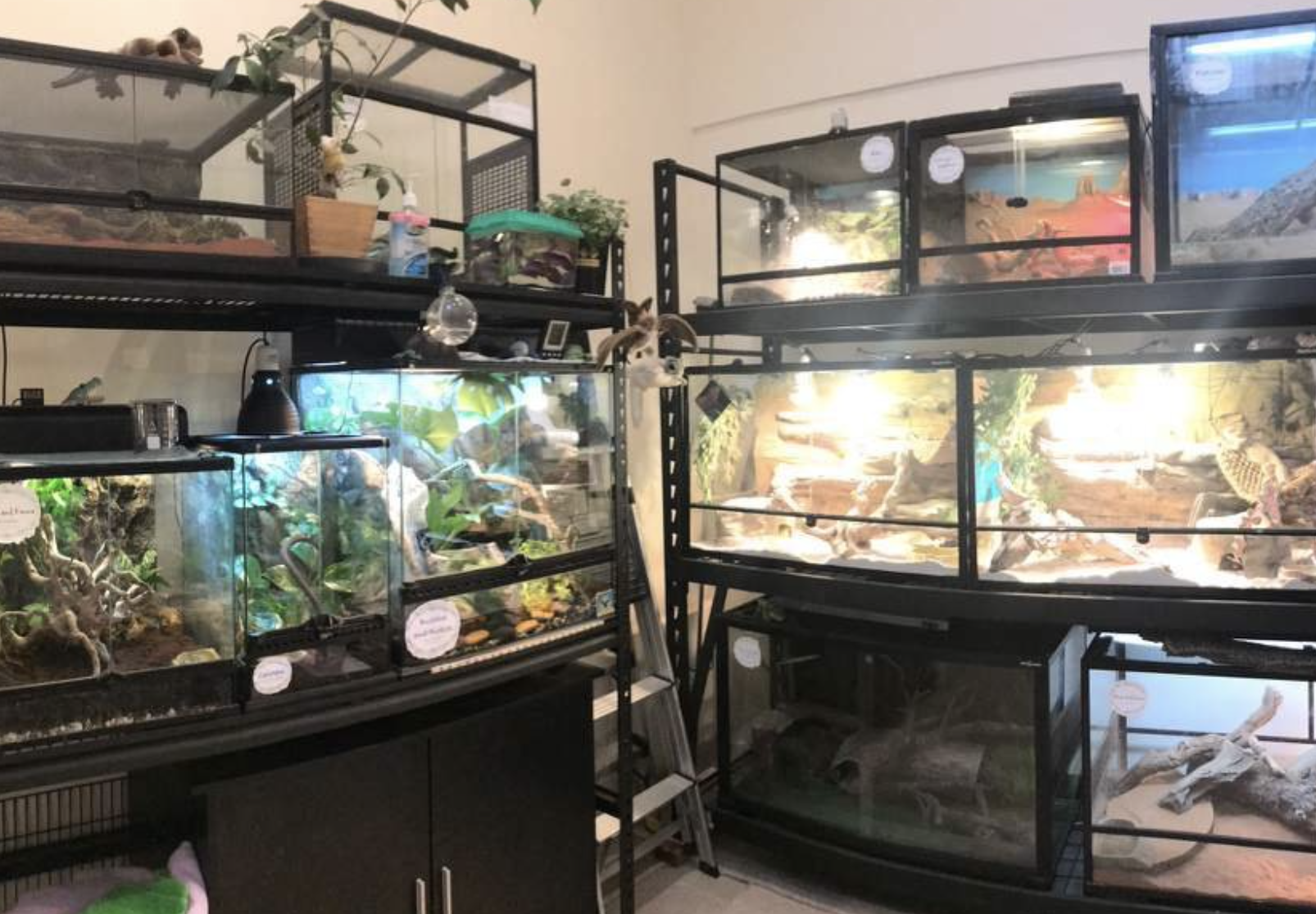The Deadly Trap of Reptile Rooms: Why Responsible Keeping Matters

Very often, once people become fascinated by reptiles, they want to keep more and more. It's captivating, educational, and deeply rewarding. Over time, money and effort are invested into creating a dedicated space for these animals. Frequently, this space is not part of the main living area, but rather a basement or garage adapted to house shelves filled with enclosures. While it may look attractive and organized, this setup comes with serious constraints.
First, these spaces tend to accumulate heat—either intentionally or as a byproduct of lighting systems. This alone might not be a problem, but it's compounded by another critical issue: restricted airflow. Basements often have small or sealed windows, and garages are notoriously poor in ventilation. The combination of high temperature and increased humidity, trapped by limited air exchange, creates a warm and moist environment—ideal for fungi and bacteria to thrive and reproduce exponentially.
All cages, without exception, are sources of biologically derived dust: dried feces, shed skin, powdered waste, and other organic remnants. These particles circulate in the air and settle in hidden corners—beneath, between, or behind enclosures—where mold and bacteria flourish. They produce millions of spores that concentrate in the environment and attack any available material, including your animals and you. These spores are inevitably inhaled or ingested.

Fecal matter in cages also contributes to airborne dust. If it contains reproductive stages of parasites—pinworm eggs, spores, or other infectious agents—they become part of the ambient environment and infect anything they contact. While some parasites may be relatively harmless, high concentrations can turn them pathogenic, especially when animals suffer from weakened immunity due to poor or shifter environmental conditions. Some parasites, like Cryptosporidium, can persist in dust and surfaces for decades.
What begins as a hobby can quickly become a nightmare. The concentration of animals in a small, poorly ventilated space infected with spores, bacteria, and fungi creates a deadly mix that leads to unexpected and hard-to-explain fatalities.
So what can be done?
1. Moderation: Avoid the trap of megalomaniac collecting. Don't overcrowd your space. Use large enclosures with excellent ventilation to keep animal density low.
2. Strict Hygiene Protocols: Vacuum, clean, and disinfect the space regularly—ideally weekly or more often. Avoid carpets, which harbor germs, and eliminate inaccessible corners behind or beneath enclosures.
3. Animal Handling Hygiene: Avoid direct contact when possible. If you do touch animals, wash your hands thoroughly after each interaction. Dispose of gloves and cleaning materials immediately.
4. Air Exchange: A small window is not enough. Install air conditioning or ventilation systems that ensure frequent air exchange and filtration, especially at intake points.
5. Air Movement: Stagnant air promotes microbial growth. Use fans to keep air circulating, though be aware this also distributes spores.
6. Air Cleaning Devices: Use HEPA filters to remove biological pollutants and airborne contaminants.
7. UV Sanitation Units: Closed-cycle UV-A systems, now widely available post-COVID, can kill airborne germs. Pair them with air filters to remove dead particles.
8. Scientific Awareness: Educate yourself about the actual needs of your animals. Many species do not require excessive heat or humidity.
9. Water and Heat Reastriction: Limit water use and evaporation in the space, save energy, prevent excessive heat.
10. Common Sense and Responsibility: Ultimately, only healthy and thriving animals will enrich your life. Act responsibly.
Reptile keeping is a rewarding pursuit, but it demands vigilance, knowledge, and care. Don't let fascination turn into neglect. Build environments that support life—not ones that quietly destroy it.